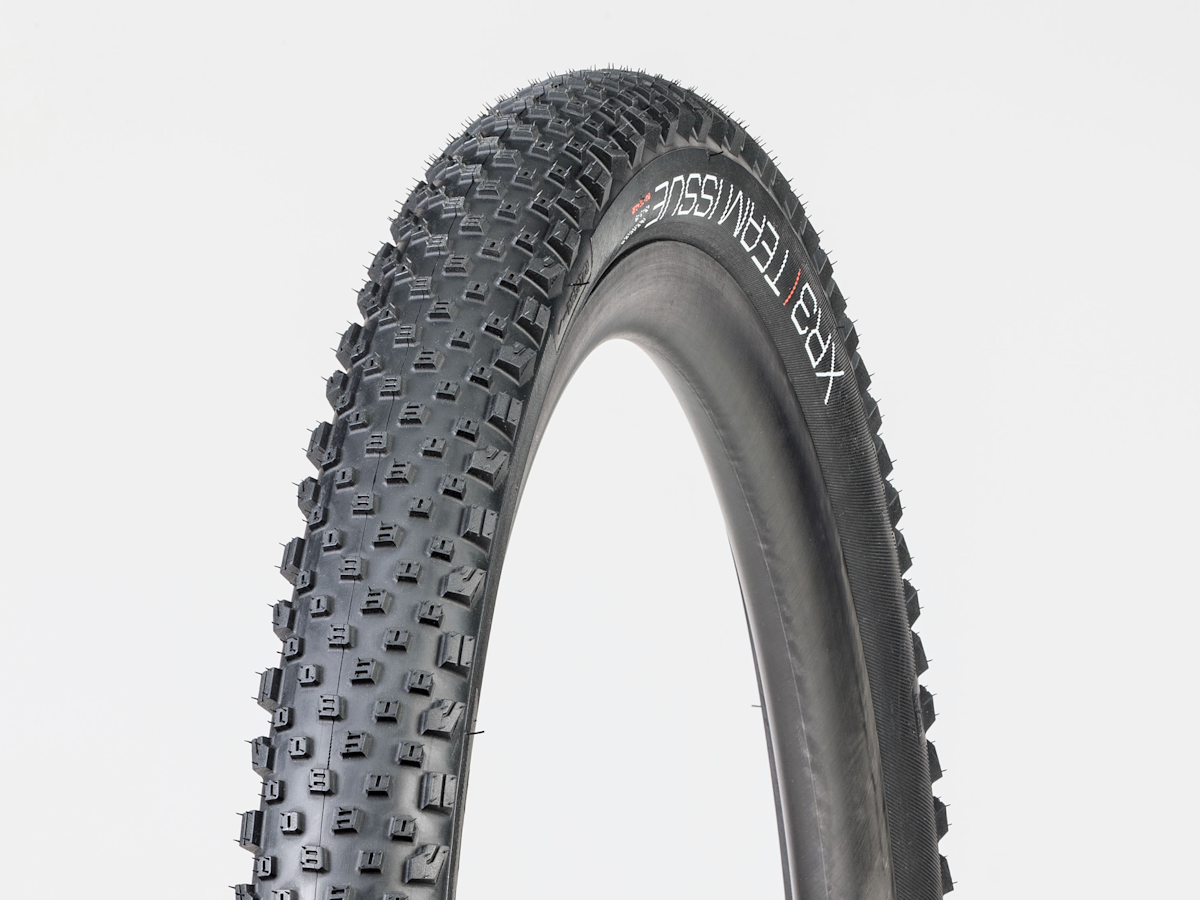Vittoria has launched a new tire designed to blur the lines between cross-country racing and trail riding. The Syerra sits between the brand's popular XC tire, the Barzo, and the trail-oriented Aggaro.
Vittoria Syerra Highlights
Downcountry? Aggressive XC? Whatever you choose to call the latest crop of lightweight bikes with more travel than traditional XC machines, it's clear they're exceedingly capable. Bikes such as the Santa Cruz Blur TR, Ibis Ripley and Revel Ranger can cover a lot of ground very quickly and can be ridden harder through rough terrain than trail bikes from a few years ago.
![Image]()
Vittoria constructed the Syerra with a robust 60TPI casing bolstered by anti-flat inserts in the sidewalls to cater to aggressive riding on short-travel bikes. At the time of launch, the Syerra will be available in a single 29x2.4" size. The tread pattern borrows the edge knobs from the Aggaro with a new center tread design.
![Image]()
Is there enough space between the cross-country and trail categories to warrant such a tire, and does downcountry make sense as a category? I caught up with Ken Avery, Vittoria's senior vice president of product development, to get a rundown on the Syerra and understand how Vitoria defines "downcountry." Check out the video above for a deep dive into the reasoning and technology behind this new tire.
Chime in with your thoughts and stay tuned for a full review once I get more trail time on the Syerra.
Vittoria Syerra Highlights
- 29x2.4" size
- Claimed weight: 830g
- 60 TPI casing
- Anti-pinch sidewall inserts
- Aimed at aggressive cross-country riding on bikes with 120-130mm of travel
- MSRP: $78.99
- Available this fall
- For more info visit: https://www.vittoria.com/us/en/syerra
Downcountry? Aggressive XC? Whatever you choose to call the latest crop of lightweight bikes with more travel than traditional XC machines, it's clear they're exceedingly capable. Bikes such as the Santa Cruz Blur TR, Ibis Ripley and Revel Ranger can cover a lot of ground very quickly and can be ridden harder through rough terrain than trail bikes from a few years ago.
Chime in with your thoughts and stay tuned for a full review once I get more trail time on the Syerra.





